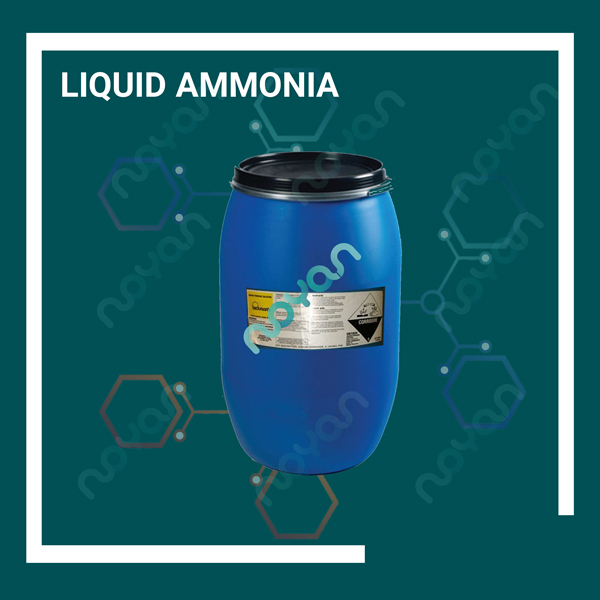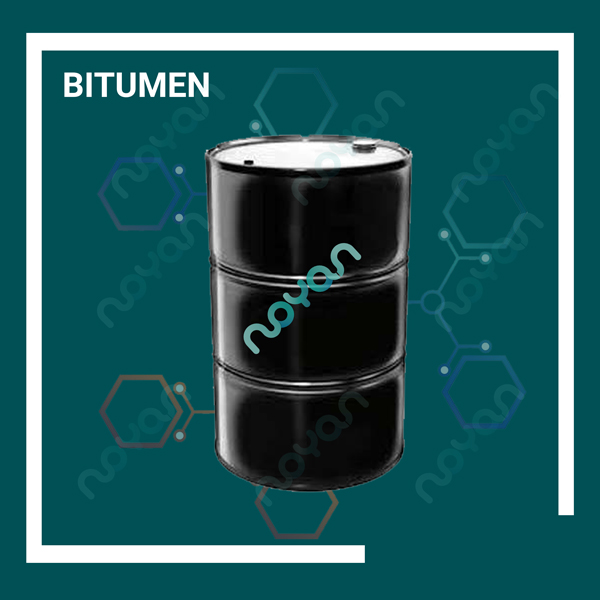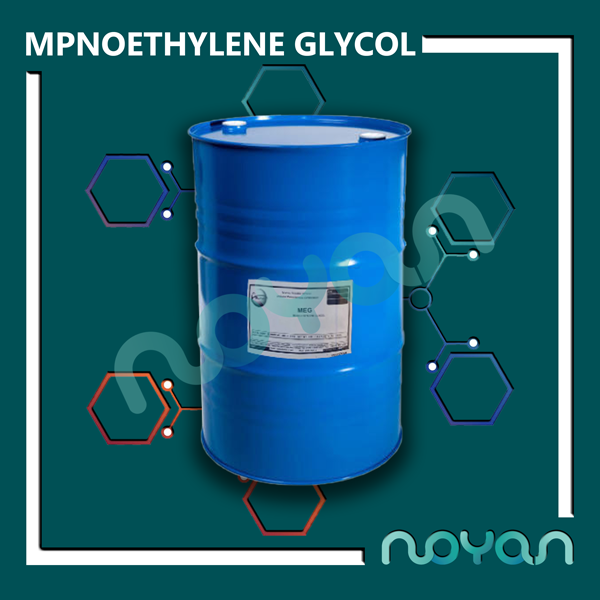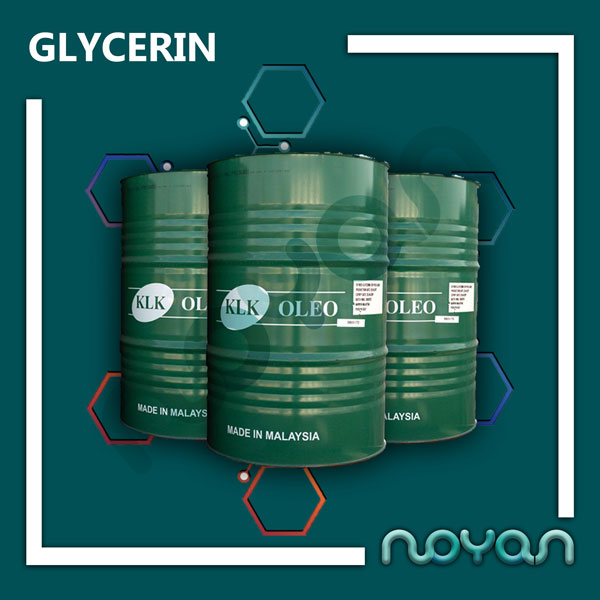Liquid ammonia
Nitrogen is one of the most important hydrogenated compounds obtained from the decomposition of nitrogenous organic matter in nature.
It is a colorless gas with an extremely nasty taste that is also tearful and suffocating. Ammonia gas is lighter than air and easily liquefied.
Ammonia is highly soluble in water and freezes at minus 7.77 ° C and boils at minus 33.34 ° C.
The specific gravity of ammonia saturation solution is 0.88 g / cubic centimeter. Ammonia gas is flammable and its ignition range is 16-25% by volume of ammonia gas in air.
The presence of petroleum products and other combustible materials increases the risk of fire. Ammonia’s contact with silver and mercury produces silver and mercury formates, which are highly explosive substances. Ammonia gas decomposes due to heat from 400 degrees and above and produces hydrogen. Ammonia irritates the respiratory system, skin and eyes and can cause death by damaging the lungs due to exposure to large volumes of this gas.
Ammonia has a reasonable liquid range (-77 to -33 .C) and can be quickly liquefied using dry ice. The higher boiling point of this material compared to its heavier counterparts, indicates the presence of a strong hydrogen bond in this compound, the presence of a strong hydrogen bond has also caused its high evaporation heat. These factors make it possible to use this compound in liquid form despite its low boiling point at room temperature.
Liquid ammonia is a good solvent for organic compounds (such as esters, amines, benzene, and alcohols). Solvent is better than water for organic compounds but not suitable for inorganic compounds.
applications
Chemical fertilizers: About 80% of the total product is used to produce nitrogen fertilizers. These fertilizers include ammonium sulfate, ammonium nitrate, ammonium phosphate and urea.
Chemical production: synthesis of nitric acid (used in the production of explosives such as TNT), nitroglycerin, sodium hydrogen carbonate, sodium carbonate, hydrogen cyanide and hydrazine
• Explosives: ammonium nitrate
• Plastic and fiber
Pharmacy: Used in the manufacture of sulfonamides and B vitamins
Paper: Ammonium hydrogen sulfide
• Mining and metallurgy: use in the extraction of zinc and nickel
• Cleaning
In another category, the applications of this material can be divided into two categories: industrial and non-industrial:
1- Industrial application
1-1- It can reduce NOX emission in reducing catalyst system.
1-2- This substance is widely used in the agricultural industry and about 80% of its total application is related to the production of various chemical fertilizers in agriculture.
1-3- In the production of nitric acid and ammonium nitrate is used and provided to wholesalers and wholesalers distribute these materials for various uses in the market.
1-4- Used in paint industry
1-5- Used as fuel or fuel derivatives
1-6- Use as an oxidizing and reducing agent
1-7- Ammonium bicarbonate (edible ammonia) is also used in making biscuits.
2- Non-industrial application
2-1- It is used as a refrigerant.
2-2- This material is also used in air pollution control.
2-3- Used in explosives
2-4- Used in food industry
2-5- It is also used in water purification.
2-6- By reducing its concentration by adding water, it can be used as a cleaner in household applications, which is called household ammonia solution.
1. Chemical name: Ammonium hydroxide.
2. Synonyms: Ammonium hydroxide.
3. Chemical formula: NH4OH.
4. Appearance: The appearance of this solution is very volatile, colorless, bitter odor.
1. Ammonia in the production of nitrogen fertilizers for agriculture
2. Production of nitric acid
3. Production of many nitrogenous compounds
4. Ammonia in the manufacture of explosives
5. In drilling and extraction technology
6. In gas transmission technology
7. Ammonia in the production of fertilizers such as nitrate
8. Ammonia in ice factories
9. Ammonium sulfate and phosphate
10. Preparation of urea, hydroxylamine and hydrazine
11. Ammonia in drug production
12. Production of chemical fertilizers of nitrogen, acrylonitrile, synthetic fibers of nitrogen and paraffin and nitrocellulose
13. Oil industry





